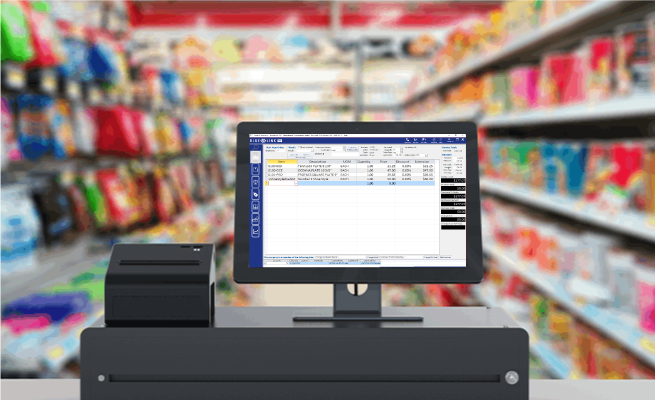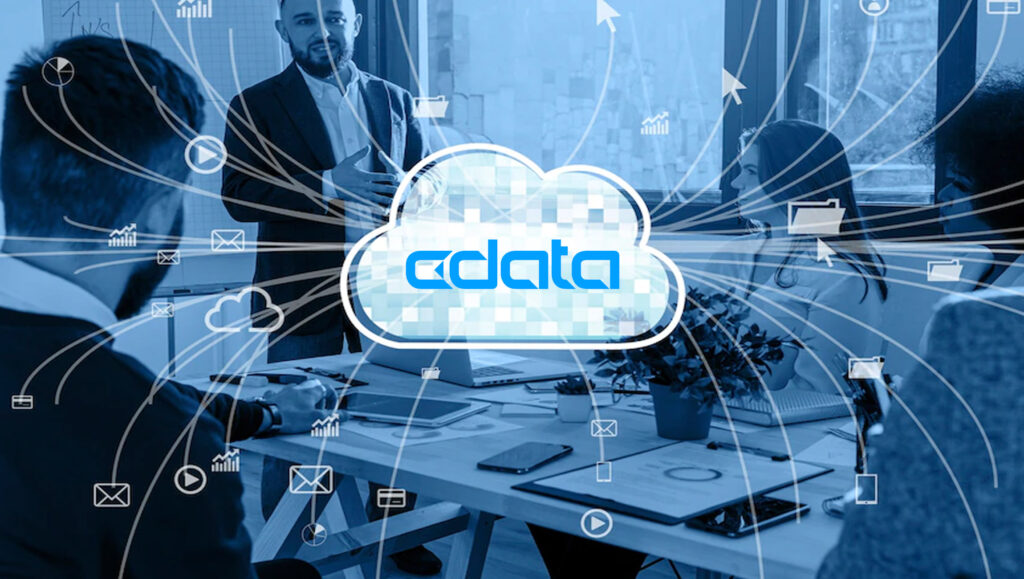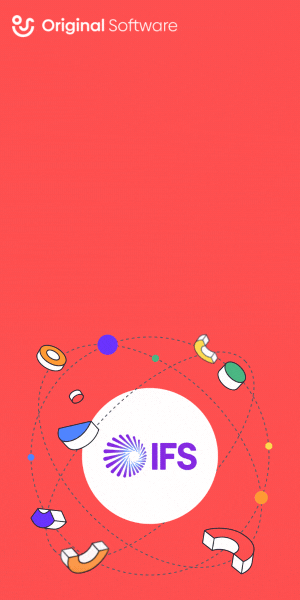A decade ago, most transformation projects were major events that typically took years to complete. This was true regardless of whether a company was deploying a new ERP system or upgrading an existing deployment. Given the cost and complexity of these projects, companies would only undertake these projects every few years which tended to align with the release cycles of major software vendors.
Today there is a need for continuous improvement and ongoing transformation to support rapidly changing needs and requirements. But these transformations must manage complex landscapes that involve solutions from multiple vendors across hybrid environments. More traditional transformation is too rigid for these modern demands, requiring options that will allow them to be more adaptable and ready for change. In addition, most organizations today are managing landscapes that do not just involve SAP systems, making these transformations more complex.
Strategic Platforms and the Transition to Cloud
Strategic platforms like Kyano from SNP are designed to help organizations increase transparency into their data landscape as well providing the ability to support needed transformation and change. This is especially important with accelerated cloud deployments and the growing requirement for continuous innovation.
These types of changes can be a significant challenge for IT with the enterprise landscape becoming more composable and oriented for business success rather than IT systems. With multiple cloud applications that are part of each business process, composability and the innovative nature of the cloud is really changing the game.
To help organizations address these challenges, Kyano provides an agility analysis for organizations that, over time, becomes a lens into the entire enterprise landscape. This provides vital transparency about what is happening in the landscape and helps organizations make better decisions around topics like data migration, data management and archiving.
Through agility analysis, data-based AI-driven recommendations for key project directions and IT agility improvements for migration preparation like S/4HANA and RISE projects are delivered, as well as ongoing system optimization. With use cases such as Company Code Benchmarking, which allows you to compare the effectiveness of customization between two legal entities, or the Logistics Readiness Tracker, which enables plant-level project monitoring based on data insights, concrete decision support built on your own data and enriched with peer benchmarking is provided.
Continued Support for Innovation
While Kyano already offers significant value, SNP continues to innovate. This includes laying the foundation for a unified Kyano AI Agent which will facilitate the automation of SAP to SAP migration processes, support project scoping, and facilitate the reuse of configurations and mappings to make the move from delivery to execution much faster and smoother.
The Kyano Agent will also help answer questions and provide recommendations. The goal is to support complex, cross-application workflows that will both move and manage data across the enterprise landscape.
Moving forward, it is vital that organizations adopt technologies that will both support their AI initiatives and provide improved governance and multi-cloud flexibility. This is crucial as enterprise landscapes transition to the cloud, introducing a more complex enterprise landscape.
In addition, organizations need to ensure that they do not just prepare for change but become fluent in managing it. This starts with a thorough understanding of today’s landscape to most effectively prepare for the future. Planning for the future is very difficult if you do not understand where you are today and the roadblocks that might exist in moving forward.
This is what makes knowing where you are before you start your move the key step in planning for any transformation.
What This Means for ERP Insiders
- Plan for ongoing innovation rather than specific transformation projects. In the past large-scale or “big bang” transformation projects would be something that were initiated every few years. These could be anything from an ERP upgrade to infrastructure or even business transformation. With enterprise systems moving to the cloud, software being updated monthly or quarterly, and businesses needing to be agile to remain competitive, organizations must embrace continuous innovation.
- Understand as much as possible about your current environment to most effectively prepare for future innovation. Technologies like AI rely on a broad base of accurate information, something that may not exist in every organization. But to cleanse, harmonize, and transform data requires a thorough understanding of what exists today, not just the specified endpoint or goal. Doing this manually requires significant time and preparation, which is where tools that can assist in this task are extremely valuable. No matter what approach is taken, the more that is known about an existing environment the more effective any innovation or transformation will be.
- Use the right tools to facilitate and streamline innovation. Having the right tools, such as Kyano from SNP, can make it much easier to manage and complete continuous innovation. This is partly because of the technology itself, but also because any tool used must provide a foundation for agility and adaptability as well as providing greater visibility and clarity into the landscape. Without these capabilities, it will take a combination of tools and resources to provide equivalent functionality.






